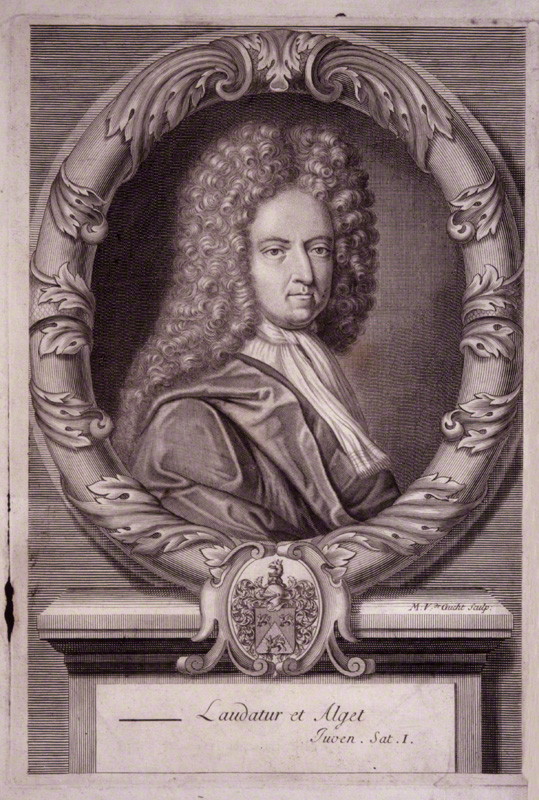Daniel Defoe

Moll Flanders (1722); Colonel Jacque (1722), A Journal of the Plague Year (1722), The Fortunate Mistress (1724). We now think of these books as important contributors to the history of the novel in English, which would go on in the course of the eighteenth century to become an increasingly popular and sophisticated mode of literature. But Defoe never called these works “novels,” and it seems to have been important to him that these extended works of prose fiction seemed to be true stories. Each of these works is narrated in the first person by its protagonist, who sets his or her story in a world that is real and recognizable. And each of these books responds to issues and stories that were circulating in the print media of the day. Robinson Crusoe responds in general terms to the interest in colonialization and travel narratives, but also more specifically to the story of Alexander Selkirk, a Scottish sailor who, like Crusoe, was marooned on an island for several years; Selkirk told his story to Richard Steele, who wrote it up in his own journal, The Englishman in 1713. Moll Flanders responds to the intense public in crime and criminals in the 1720s. The Fortunate Mistress is surely a response of sorts to Eliza Haywood’s 1723 work Idalia, or, the Unfortunate Mistress. Given all that he did and wrote in his lifetime, Defoe might be surprised to know that he is now remembered primarily as a writer of fiction, but there is no denying the engrossing power of these works.